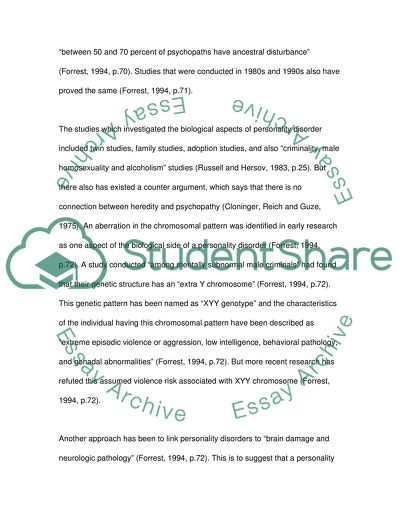Cite this document
(Violence Risk among People with Severe Personality Disorders Research Paper, n.d.)
Violence Risk among People with Severe Personality Disorders Research Paper. Retrieved from https://studentshare.org/psychology/1420930-forensic-mental-healthcare-module-critical
Violence Risk among People with Severe Personality Disorders Research Paper. Retrieved from https://studentshare.org/psychology/1420930-forensic-mental-healthcare-module-critical
(Violence Risk Among People With Severe Personality Disorders Research Paper)
Violence Risk Among People With Severe Personality Disorders Research Paper. https://studentshare.org/psychology/1420930-forensic-mental-healthcare-module-critical.
Violence Risk Among People With Severe Personality Disorders Research Paper. https://studentshare.org/psychology/1420930-forensic-mental-healthcare-module-critical.
“Violence Risk Among People With Severe Personality Disorders Research Paper”, n.d. https://studentshare.org/psychology/1420930-forensic-mental-healthcare-module-critical.


